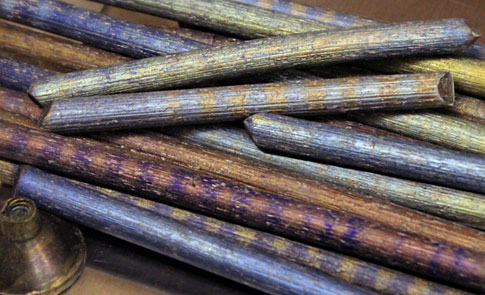Anew Critical Materials Hub led by Ames Laboratory, located in Ames, Iowa, is the latest of the U.S. Department of Energy’s five innovation hubs—which combine basic and applied research with engineering to accelerate scientific discovery in critical energy areas.
|
ADVERTISEMENT |
Many of the fastest growing clean energy technologies, from batteries to solar panels, are made with materials that have unique chemical and physical characteristics, including magnetic, catalytic, and luminescent properties. These materials, which include some rare earth elements and are often called critical materials—are essential to the clean energy economy and are at risk for supply disruptions.

Europium, a rare earth element that has the same relative hardness of lead, is used to create fluorescent light bulbs. With no proven substitutes, europium is considered critical to the clean energy economy. (Photo courtesy of the Ames Laboratory.)
…
Add new comment